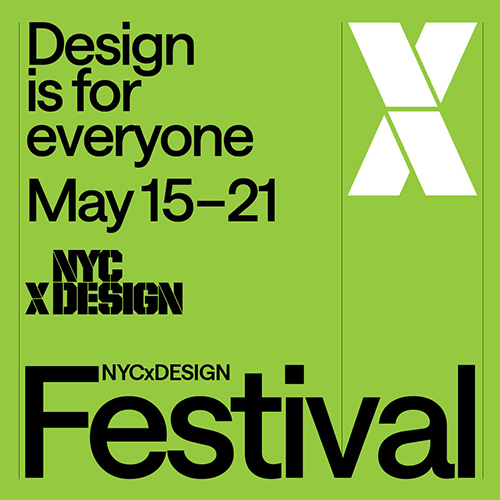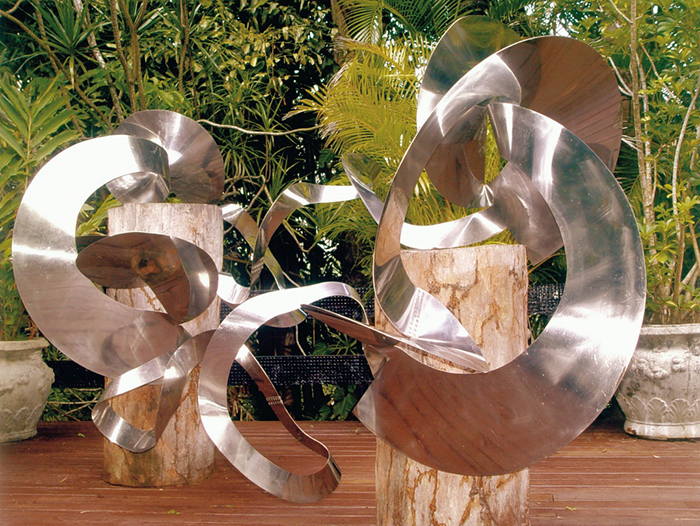
Ligia Clark, nacida en 1920 en Belo Horizonte, Brasil, es una de las figuras más influyentes del arte brasileño y latinoamericano. Dejó una huella en la historia del arte contemporáneo a través de su constante cuestionamiento de los límites entre la obra de arte y el espectador. Clark comenzó su carrera como pintora, pero pronto encontró la rigidez del lienzo insuficiente para expresar sus ideas. Influenciada por el movimiento neoconcreto, que defendía un enfoque más orgánico y participativo en oposición al arte concreto, empezó a explorar nuevas formas de arte que implicaban la interacción directa del espectador.
Ligia Clark, born in 1920 in Belo Horizonte, Brazil, is one of the most influential figures in Brazilian and Latin American art. She left a mark on the history of contemporary art through her constant questioning of the boundaries between the artwork and the viewer. Clark began her career as a painter, but soon found the rigidity of the canvas insufficient to express her ideas. Influenced by the Neo-Concrete movement, which advocated for a more organic and participatory approach in opposition to Concrete art, she began exploring new forms of art that involved direct interaction with the viewer.
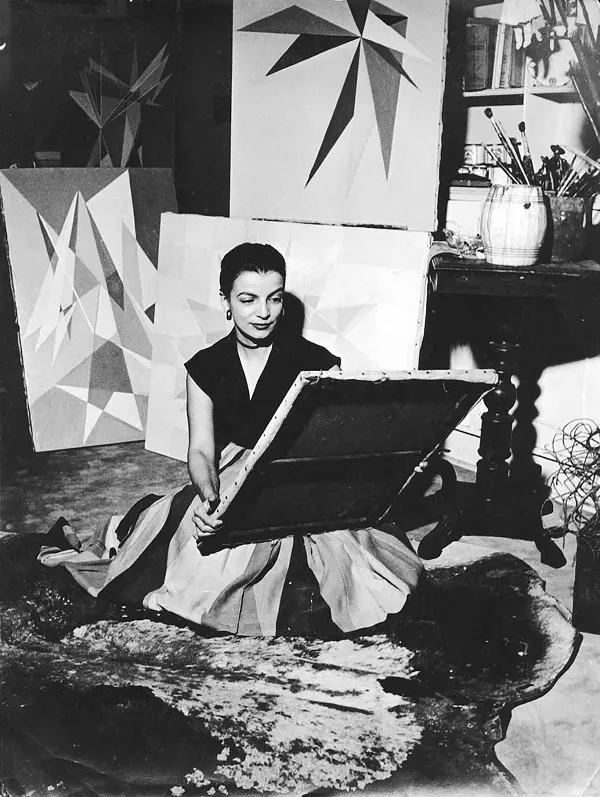
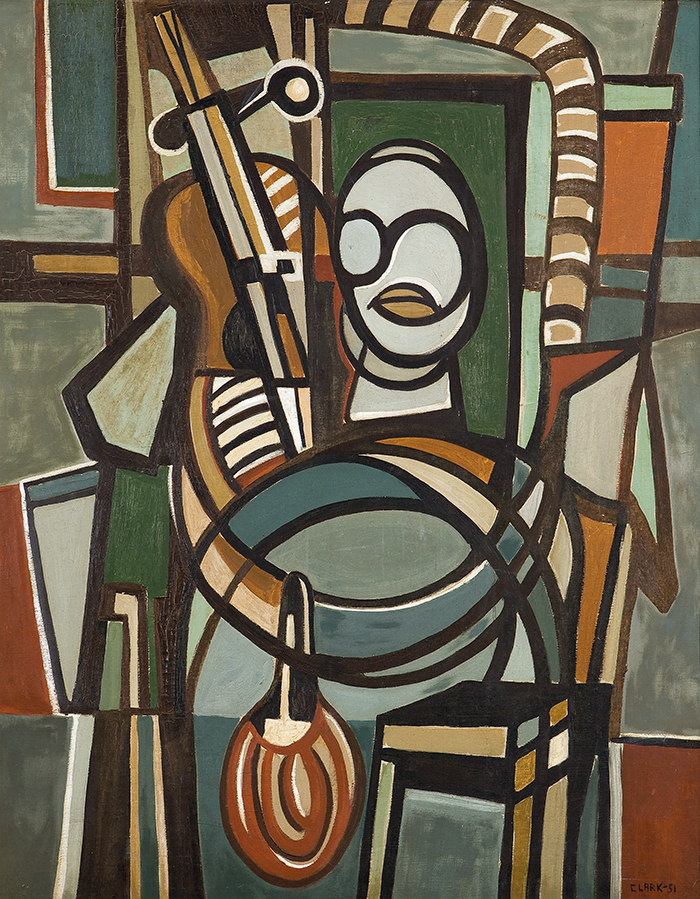

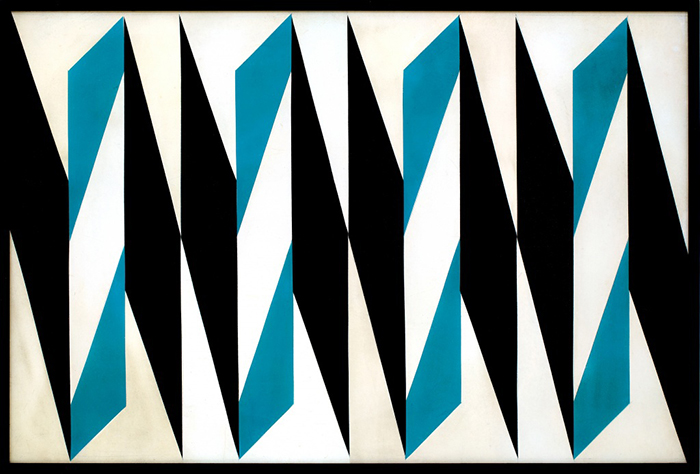
Uno de los momentos clave en su carrera fue la creación de la serie “Bichos” en la década de 1960, que consistía en esculturas articuladas de metal, diseñadas para ser manipuladas por el público, una cualidad que transformaba al espectador en un participante activo. Esa innovación no solo rompió con las convenciones tradicionales de la escultura, sino que también abrió nuevas posibilidades para el arte interactivo. El proyecto “Bichos” es considerado hoy en día como precursor del arte relacional y ha sido exhibido en numerosas galerías y museos internacionales, entre los que se destacan el Guggenheim y el MoMA, consolidando a Clark como una pionera en la redefinición de la relación entre la obra y el espectador.
One of the key moments in her career was the creation of the “Bichos” series in the 1960s, which consisted of articulated metal sculptures designed to be manipulated by the public, a quality that transformed the viewer into an active participant. This innovation not only broke with traditional conventions of sculpture but also opened new possibilities for interactive art. The “Bichos” project is now considered a precursor of relational art and has been exhibited in numerous international galleries and museums, including the Guggenheim and MoMA, cementing Clark’s status as a pioneer in redefining the relationship between artwork and viewer.
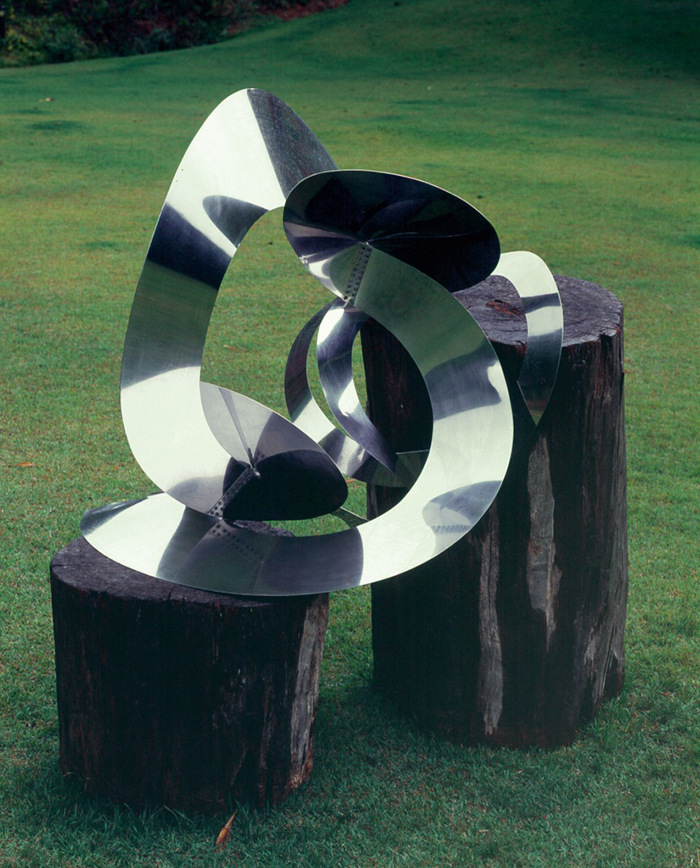
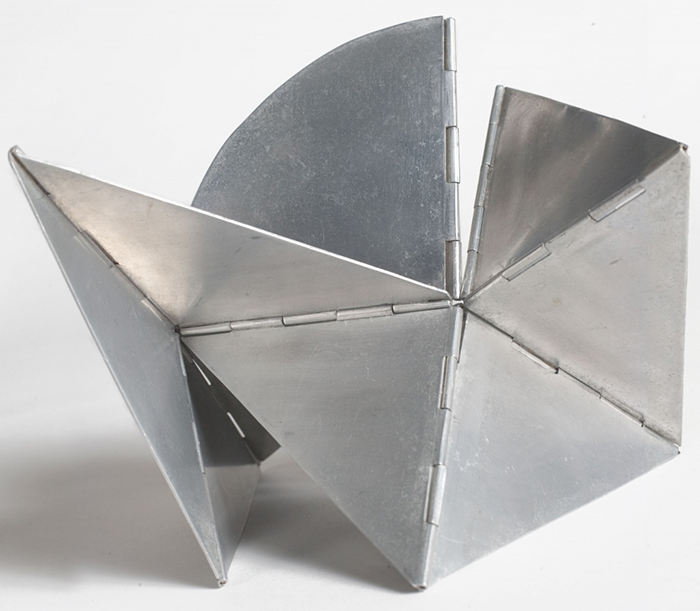
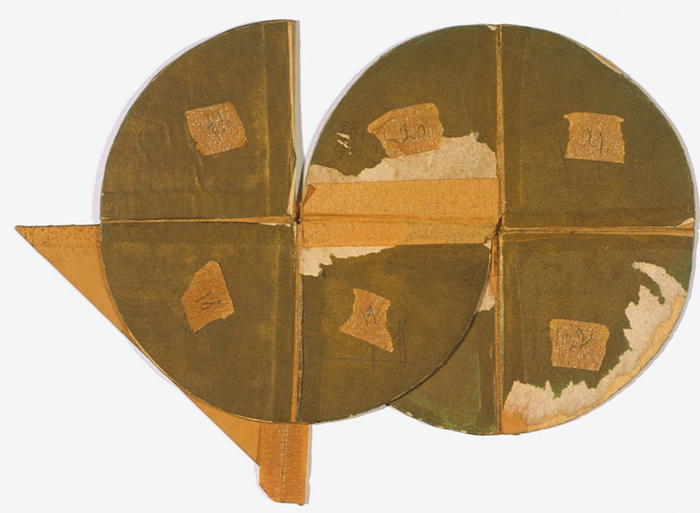

Además de su trabajo escultórico, Ligia Clark desarrolló lo que ella denominó “proposiciones,” una serie de experiencias participativas que buscaban explorar la percepción y la relación del cuerpo con el espacio. Estas obras desdibujaban la línea entre arte y terapia, involucrando al espectador de manera física y emocional. Entre las más conocidas están “Caminhando” (1964), donde el participante corta una tira de papel interminablemente, y “La casa es el cuerpo” (1968), una instalación que invitaba a los participantes a atravesar espacios que evocaban distintas experiencias sensoriales. Estas obras han sido presentadas en numerosas exposiciones en todo el mundo, incluyendo retrospectivas en el Museo de Arte Moderno de Nueva York (MoMA) y la Bienal de São Paulo.
In addition to her sculptural work, Ligia Clark developed what she called “propositions,” a series of participatory experiences that sought to explore perception and the relationship between the body and space. These works blurred the line between art and therapy, engaging the viewer physically and emotionally. Among the most well-known are “Caminhando” (1964), where the participant endlessly cuts a strip of paper, and “The House is the Body” (1968), an installation that invited participants to traverse spaces evoking different sensory experiences. These works have been showcased in numerous exhibitions worldwide, including retrospectives at the Museum of Modern Art in New York (MoMA) and the São Paulo Biennial.
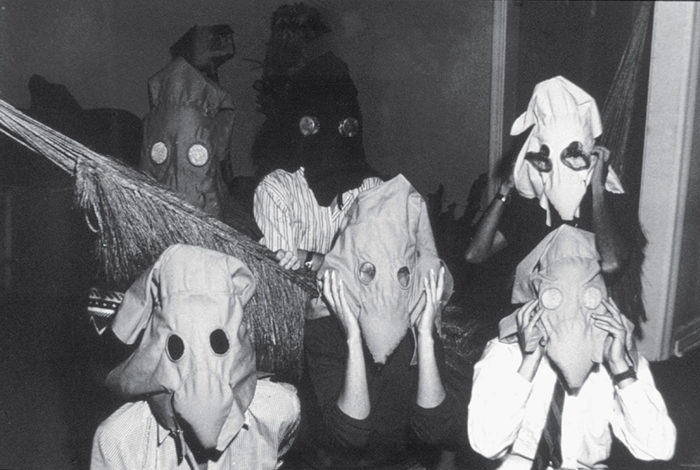
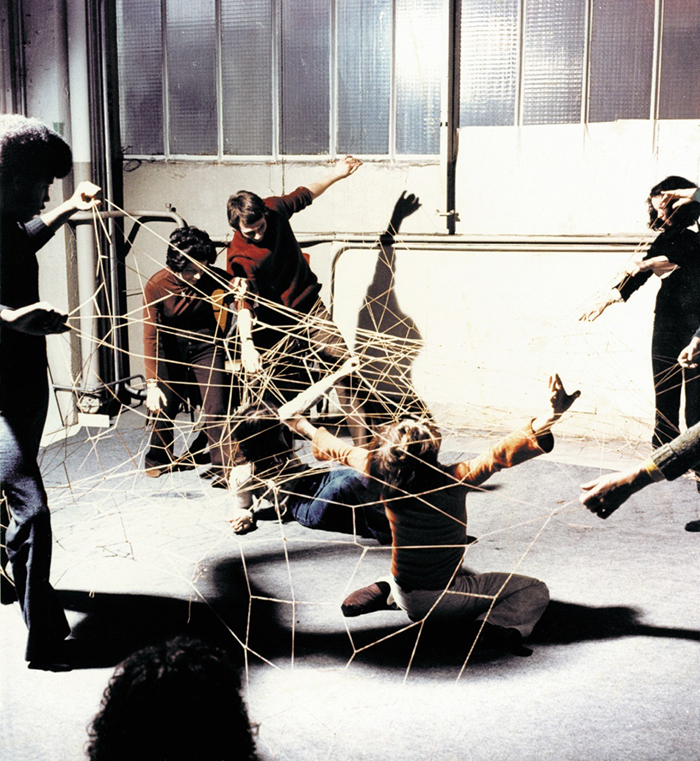
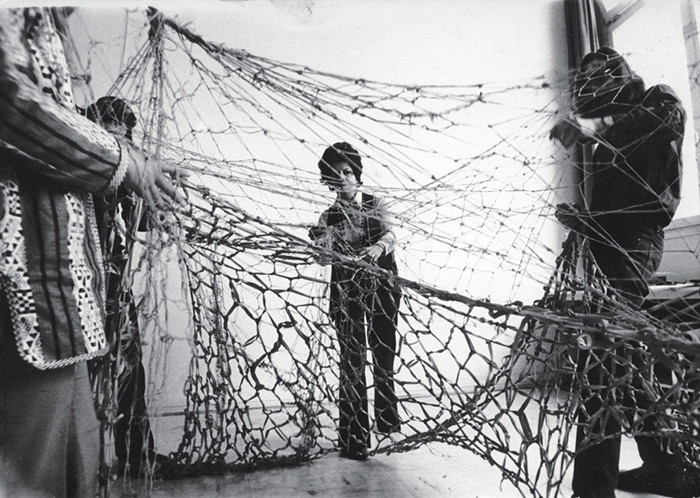
Su retrospectiva en el MoMA, “Lygia Clark: The Abandonment of Art, 1948–1988”, que se llevó a cabo en 2014, fue una de las exposiciones más completas dedicadas a su obra, cubriendo toda su carrera, desde sus primeras pinturas hasta sus obras interactivas y sus exploraciones en el campo de la terapia artística. Esta exposición, que contó con la curaduría de Luis Pérez-Oramas y Cornelia H. Butler, fue un hito que reafirmó el lugar de Ligia Clark en la historia del arte global, mostrando cómo su trabajo sigue siendo relevante e influyente décadas después de su creación.
Her retrospective at MoMA, “Lygia Clark: The Abandonment of Art, 1948–1988,” held in 2014, was one of the most comprehensive exhibitions dedicated to her work, covering her entire career, from her early paintings to her interactive works and explorations in the field of art therapy. This exhibition, curated by Luis Pérez-Oramas and Cornelia H. Butler, was a milestone that reaffirmed Ligia Clark’s place in the history of global art, demonstrating how her work remains relevant and influential decades after its creation.

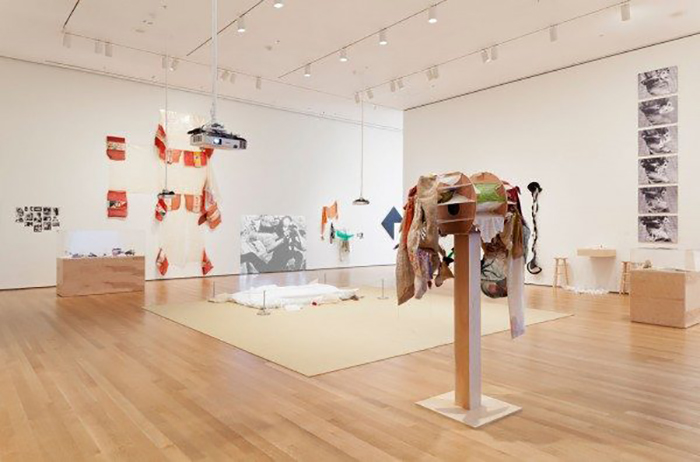
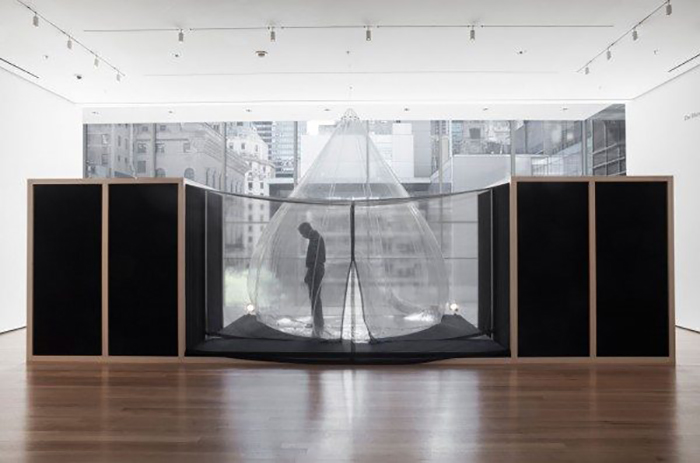
El legado de Ligia Clark sigue siendo profundamente valioso hoy en día. Su enfoque innovador y su insistencia en la participación del espectador han inspirado a generaciones de artistas contemporáneos. Su obra no solo desafió las normas establecidas del arte, sino que también ofreció nuevas maneras de pensar sobre la interacción humana y la percepción sensorial. Así, la artista transformó el arte en un campo de experiencia compartida, donde el espectador no es un observador pasivo, sino un co-creador de significado.
Ligia Clark’s legacy remains profoundly relevant today. Her innovative approach and insistence on viewer participation have inspired generations of contemporary artists. Her work not only challenged established norms of art, but also offered new ways of thinking about human interaction and sensory perception. In this way, the artist transformed art into a field of shared experience, where the viewer is not a passive observer, but a co-creator of meaning.

